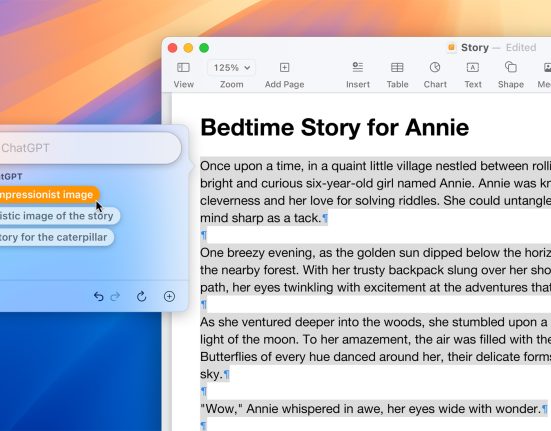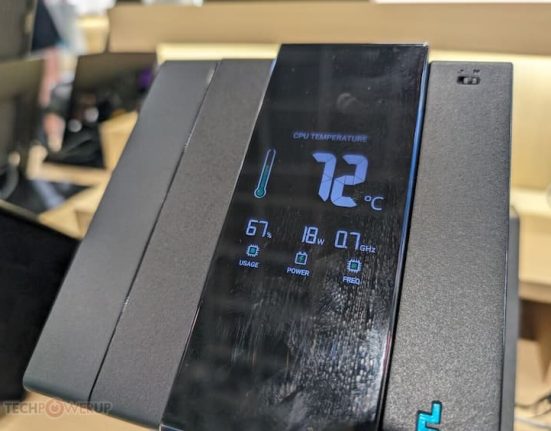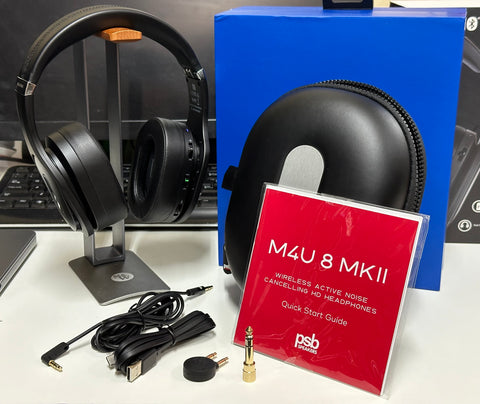Ingestion of foreign objects is a relatively common cause of abdominal pain in children, but ingestion of multiple magnets presents a unique and serious health risk. Imagine a seemingly innocent moment of play that turns into a medical emergency. This was the reality of a young woman from Brazil who swallowed seven small magnetic balls, which caused serious complications that required surgical intervention. Her story underscores the critical importance of awareness and immediate action when it comes to the dangers lurking in everyday objects.
Dr. Daniel Tanure participated in the study along with Dr. Laura Moreira and Dr. Renato Rebouças from the São Vicente de Paulo Hospital, Dr. Jansen Tanure from the Federal University of Minas Gerais and Professor Joao Rezende-Neto from the University of Toronto. of this case. His work was published in the International Journal of Surgical Case Reports. The girl presented several days of abdominal pain, constipation, and decreased appetite, but without vomiting, fever, or peritoneal signs. Despite normal ultrasound results, further investigation revealed serious underlying problems.
Upon admission to hospital, initial investigations included blood tests and abdominal x-rays. Blood tests revealed elevated white blood cell counts and C-reactive protein levels, indicating an inflammatory response. Abdominal radiographs showed a linear metallic foreign body in the small intestine and gas distension in the proximal gastrointestinal tract. These findings pointed to the presence of multiple magnets causing obstruction.
Given the severity of the symptoms and initial findings, the medical team decided to proceed with a midline laparotomy. Dr. Tanure explained that this surgical approach was necessary to directly address the intestinal perforation and recover the magnets. During surgery, the team discovered that the magnets were connected in a linear configuration and caused a small perforation in the intestine. The magnets were removed and the damaged section of intestine was repaired through a meticulous process that involved resecting the necrotic tissue and suturing the perforated area. “The magnets probably pinched the intestinal wall by attracting each other, causing ischemia and perforation,” Dr. Tanure said.
Significantly, ingestion of multiple magnets increases the risk of serious complications such as volvulus, fistulas and perforation, which can lead to peritonitis and potentially death if not treated promptly. The team noted that endoscopic removal of such foreign bodies is preferred when possible. However, in this case the surgical route was necessary because the magnets had already passed from the stomach to the intestines. Initial noninvasive measures included insertion of a nasogastric tube to decompress the stomach and administration of laxatives to facilitate passage of the magnets. However, when these measures proved insufficient, surgical intervention was required to avoid further complications.
Ingestion of magnets is a growing concern, especially in young children. A study conducted in the US reported a significant number of cases over a decade, with the majority of incidents involving children in this age group. Similarly, a Latin American study found that a notable fraction of endoscopies performed in children were due to ingestion of magnets. These figures underline the importance of preventive measures and parental awareness to avoid such dangerous incidents.
Dr. Tanure emphasized that parents and caregivers should be aware of the risks posed by magnetic toys and household items. “Awareness and education are crucial to preventing these incidents,” he said. The team's findings argue for increased public health campaigns to educate about the dangers of magnet ingestion and the importance of timely medical intervention.
In conclusion, ingestion of multiple magnets poses significant health risks in pediatric patients, requiring a rapid and effective medical response. The detailed case report by Dr. Tanure and his colleagues provides valuable information on the clinical management of such cases, emphasizing the importance of awareness and preparedness among both healthcare providers and caregivers.
Magazine reference
Tanure, D., Moreira, L., Tanure, J., Rezende-Neto, J., Rebouças, R. “Pediatric ingestion of multiple magnetic balls causing intestinal perforation: a case report.” International Journal of Surgery Case Reports, 2024. DOI: https://doi.org/10.1016/j.ijscr.2024.109505
About the Author

Dr. Daniel Tanure He is a Family Medicine resident at McMaster University, Ontario, Canada. Dr. Tanure earned his medical degree from the Federal University of Minas Gerais, in Belo Horizonte, Brazil, from 2013 to 2019. He worked in Brazil as an independent physician in the emergency department of the Sao Vicente de Paulo Hospital in Aracuai, in the Immunobiology Special Reference. Center of Belo Horizonte, and in the ICU of the Eduardo de Menezes Hospital before beginning his postgraduate training at McMaster. His main areas of interest are emergency medicine, medical education and intensive care.













Leave feedback about this